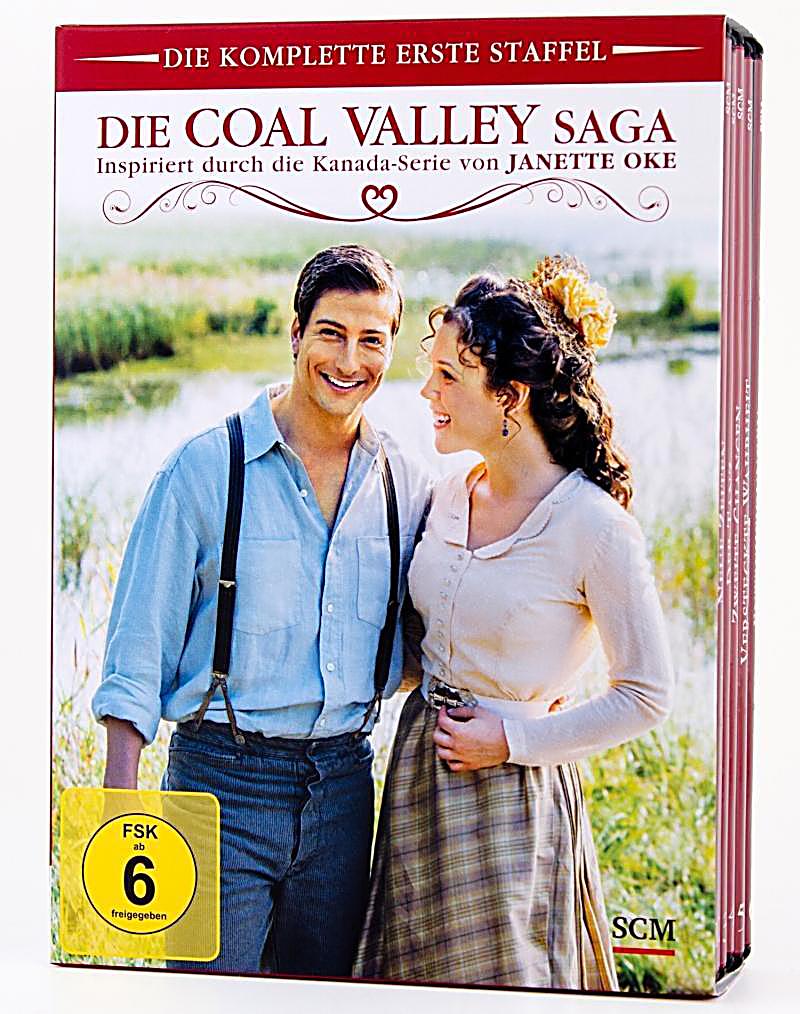

One of the main considerations when determining the stocking suitability is the number of available stocking locations and angler access to the stream or lake for fishing. Stocking suitability ranges from zero to one and is a measure of numerous biological and sociological factors. The other factor considered in distribution of fish is the stocking suitability. This allotment method makes for fair and equitable fish distribution across all waters statewide.

Changing the stocking factor means all stocked waters are adjusted to receive more or less pounds of trout on an equal basis. The stocking factor can vary throughout the stocking season and is based on the pounds of trout available in the hatchery system for stocking. This is referred to as the stocking factor. In the trout stocking program, annual allotment is determined by multiplying the water acreage included in the stocking area by number of fish to be stocked per acre annually. The allotment of fish stocked in a body of water is primarily determined by its size and acreage. These advanced fingerlings are stocked during the fall. Some of the ponds are not drained and the fingerling fish are grown to a larger size, known as advanced fingerlings the additional growth increases their survival and helps with avoiding predation.

Ponds are drained in early summer and the collected fingerlings are distributed to various waters across the state. Once eggs are hatched for warm-water fish species, the young fry are placed in grow-out ponds until they reach fingerling size. Wild brood fish are spawned at the two warm-water hatcheries and then returned to the wild at the location of collection. Warmwater fish are cultured through several sources: collecting wild brood stock, the purchase of eggs or fry from a private vendor or trading surplus of various species with other state agencies. At the time of stocking, most catchable sized trout are 1 1/2 years old with a target weight of three quarters of a pound. Fingerlings are then reared to catchable size for the following spring stocking. Fingerling trout are moved outside as soon as raceways and pools are emptied and sanitized during the spring stocking season. Trout eggs are hatched indoors and grown to fingerling size prior to moving to outside pools and/or raceways. Rainbow and golden rainbow trout are spawned starting in August, with brown and brook trout spawned in September and October, respectively. After spawning, eggs and fingerling trout are provided to the remaining hatchery facilities for grow-out. WVDNR has several trout hatcheries that culture and maintain their own brood stock for spawning. Annual fish stocking from all WVDNR hatcheries averages more than two million fish per year. Additional warm-water species are cultured and stocked when fish biologists identify specific needs. These facilities raise warm-water species that commonly include walleye, musky, channel catfish, blue catfish, striped bass and hybrid striped bass. The two warm-water hatcheries are Apple Grove and Palestine hatcheries. These cold-water hatcheries rear trout species including rainbow trout, golden rainbow trout, brook trout, brown trout and tiger trout. Seven of these hatcheries are cold water and include the Bowden, Edray, Petersburg, Reeds Creek, Ridge, Spring Run and Tate Lohr hatcheries. WVDNR currently manages and operates nine fish hatcheries statewide. This is especially true for most stocked trout waters due to increased temperatures during summer months that prevent fish from surviving year around. Without the hatchery program, many of the state’s waters would not sustain recreational sport fishing at the current level. The purpose of the hatchery program is to provide gamefish for recreational angling opportunities. West Virginia fish hatcheries and fish stockings began in the late 1800s, but it wasn’t until the 1950s that larger hatcheries were built, and fish production and stocking began to increase.


 0 kommentar(er)
0 kommentar(er)
